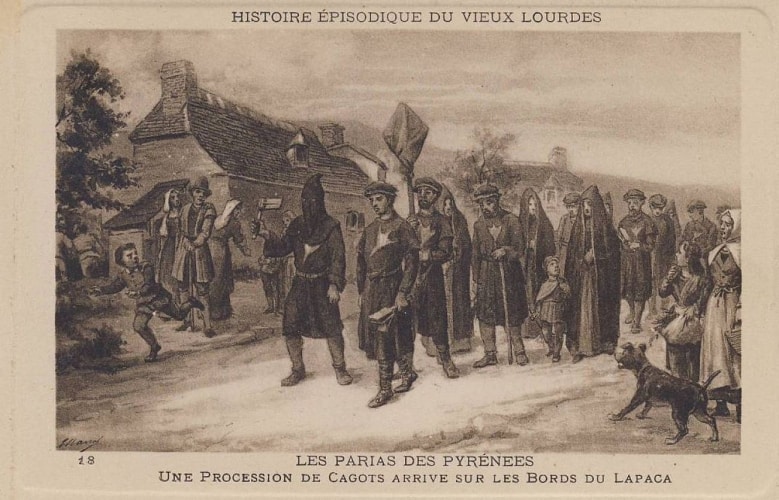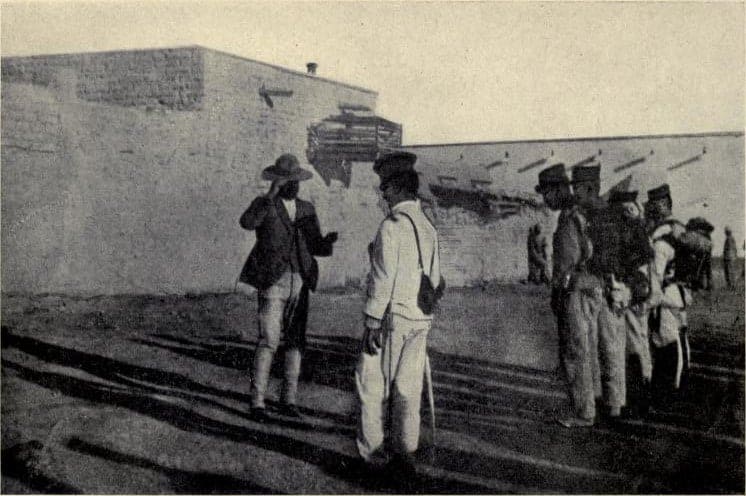History has no shortage of the weird, the bizarre, and the little known. Did you know, for example, that medieval France and Spain had a caste of Christian de fact Untouchables? Or that a desperate Britain in World War II turned to an anti-tank grenade that had the unfortunate drawback of getting glued stuck to the user’s hand after the pin was pulled? How about the Golden Girls star who had been a WWII US Marine? Following are forty things about these and other lesser-known facts from history.
40. Europe’s Medieval Untouchables

Untouchables are a hallmark of, and commonly associated with, the Hindu religion’s caste system. However, for over half a millennium from before the thirteenth century through the end of the eighteenth, the Cagots who lived in the Pyrenees Mountains region were, for all practical matters, medieval European Untouchables.
First mentions of the Cagots in the documentary record date to the thirteenth century. By then, they were already established as an inferior caste – the de facto Untouchables of northern Spain and southwestern France. Forbidden to practice most forms of work, the Cagots, as seen below, faced discrimination that combined aspects of medieval anti-Semitism with the worst practices of Apartheid South Africa and the Jim Crow South.

